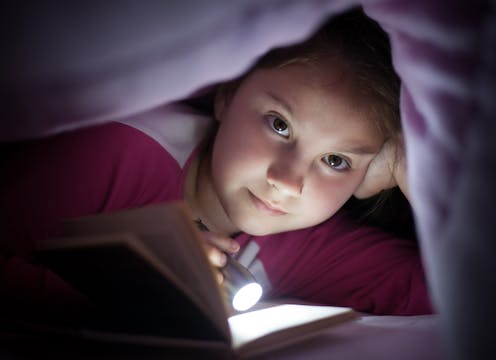

Authors: Meisha Lohmann, Lecturer in English Literature, Binghamton University, State University of New York
Read more


